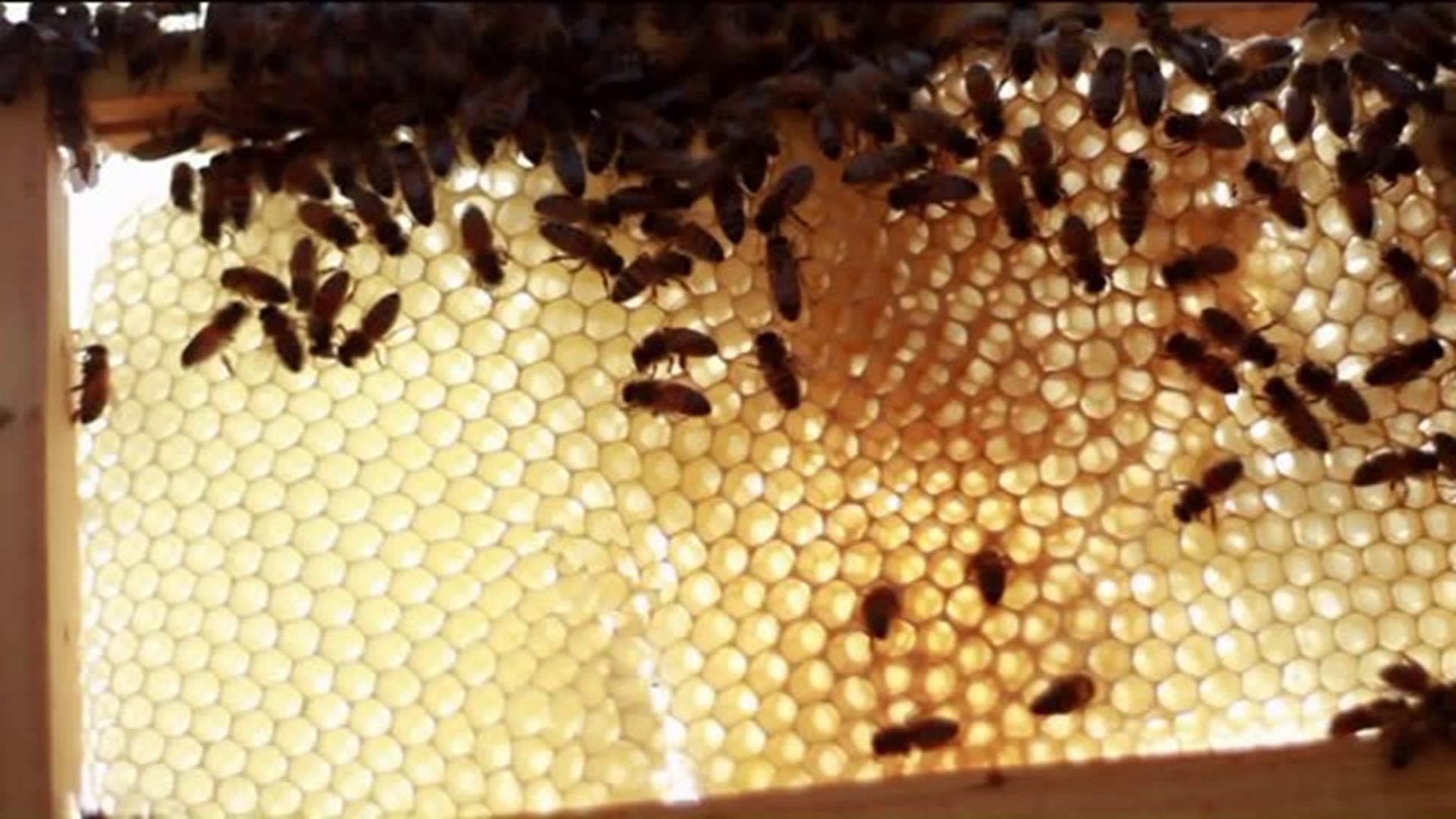Anaphylactic reactions are caused by the immune system gone wild. The body over reacts causing a chain reaction that can produce itchy hives or fluid filled vesicles on the skin, a feeling of warmth, a lump in your throat or swollen tongue or throat which can cause wheezing and trouble breathing, a weak and rapid pulse, and low blood pressure causing dizziness or fainting. At its worst, it can cause people to stop breathing or have their heart stop. Those most at risk of developing anaphylaxis include those with a history of anaphylaxis, even if it was just hives before with no breathing trouble, and those with asthma or allergies.
Avoiding getting stung or being in situations where a sting is more likely is the best scenario. If you know you are going to be in a high risk area and you cannot avoid it, some people will premedicate with an antihistamine first. Oral antihistamines can be helpful but take a good 30-60 minutes to start working so they aren’t great to take alone if you are having anaphylaxis. The best thing to do is get a prescription from your doctor and carry two epinephrine autoinjectors with you whenever you will be exposed to your specific allergen and make sure that those around you or your loved ones like your children’s caregivers know how to recognize the signs and symptoms and that they can help inject the drug if need be. Sometimes signs and symptoms can come in within a few minutes of the sting and can spiral out of control fast so having others to help if needed is important. Call 911 as soon as possible so if the epinephrine injection doesn’t work well enough, help is already on the way. Even if the epinephrine does work well, the effects may wear off before the allergens are cleared from your body and you could get a reactivation. Epinephrine is the manufactured form of adrenaline, so it could cause your heart rate to race or other side effects. So again, call 911 right away whether it works or not. Paramedics and emergency department personnel have intravenous drugs and the ability to keep you breathing so the sooner they come, the better. If you witness someone in anaphylaxis who stops breathing or whose heart has stopped, you need to perform CPR right away.
The standard Epipen has a large needle connected to a prefilled syringe but the needle is not exposed. You take the epipen out of the package, pull the cap off the back and make a fist around the pen with the one hand and place your other hand on the top of the autoinjector. You then push the orange membrane into the side of your thigh muscle where the force of the placement moves the needle out and into your skin and it can go right through your clothes. Once the needle is inserted, the drug will automatically start to come out and will come out for ten seconds so hold it there. Rub the skin afterwards to help it get absorbed. For children or those who don’t think they can inject themselves, they actually have a brand new talking autoinjector called Auvi-Q. This autoinjector talks to you when you take off the cap and tells you to place it on the side of your thigh and then after five seconds, autoinserts the needle and autoinjects the drug into the body. Regardless of the injector, to minimize the chances that you get the drug into the blood stream, you inject it into the side of the thigh.

